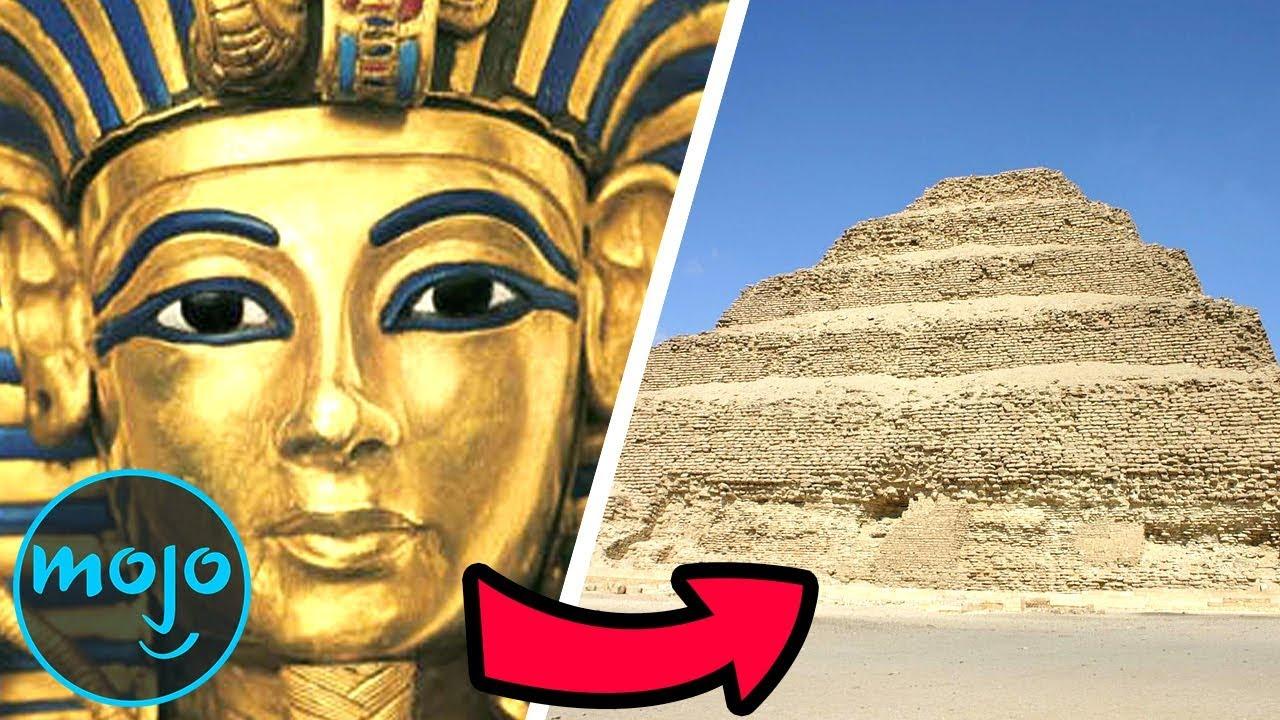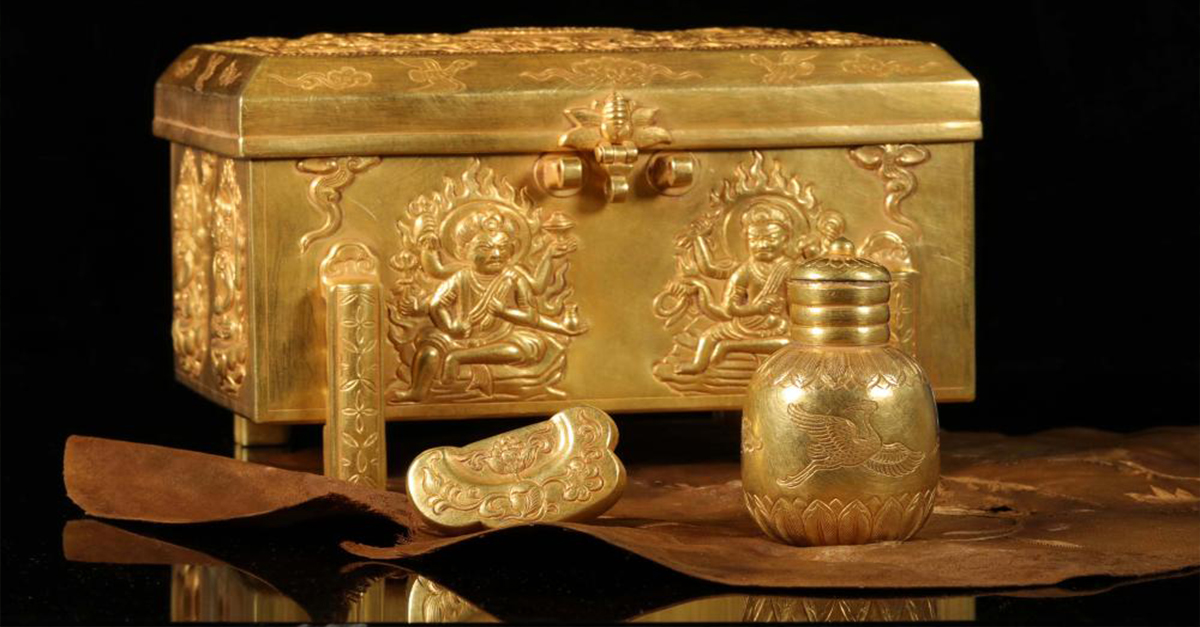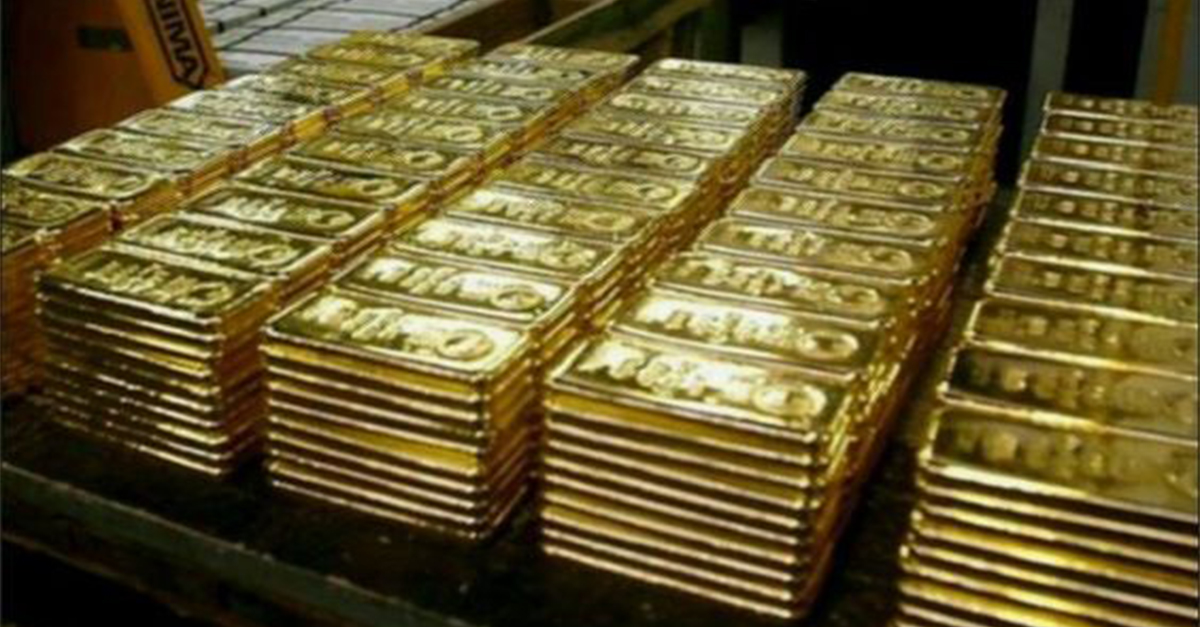The must-see attraction for visitors to the Andean Sanctuaries Museum in Arequipa, Peru is undoubtedly the Juanita Mummy, one of the best preserved corpses in the world.
His dark hair is still intact and the skin on his hands and arms, apart from the discoloration, shows almost no deterioration. The mummy’s discoverer, Johan Reinhard, even noted how perfectly the mummy’s skin had been preserved, “down to the visible hairs.”
As peaceful as she may seem, a far cry from some of the more gruesome mummies researchers have uncovered, Juanita’s life was short and ended with her sacrifice to the Inca gods.

Scientists estimate that Juanita was between 12 and 15 years old when she died as part of the capacocha, a sacrificial rite among the Incas that involved the death of children.
Translated as “royal obligation,” the capacocha was the Incas’ attempt to ensure that the best and healthiest among them were sacrificed to appease the gods, often as a way to stop a natural disaster or ensure a healthy harvest. Considering that Juanita’s body was discovered at the top of Ampato, a volcano in the Andes, it is very likely that her sacrifice influenced the mountain cult of the Incas.
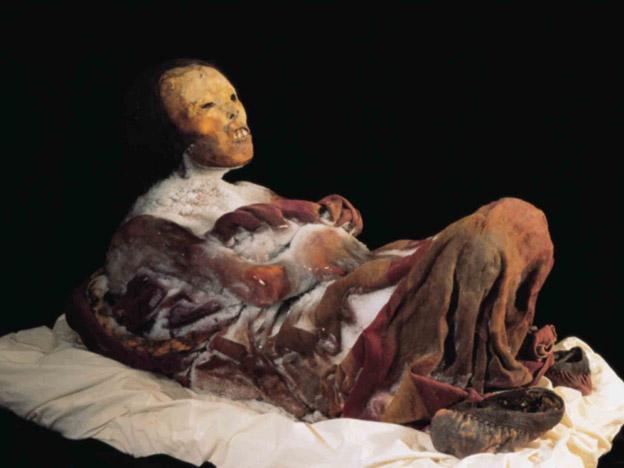
Preparation for Death Juanita’s life before her selection for human sacrifice was probably not that unusual. However, the days before her death were very different from the lifestyle of a typical Inca girl. Scientists were able to use DNA from Juanita’s well-preserved hair to create a timeline of those days and deduce what her diet was like before the capacocha.
Markers in her hair indicate that she was selected for sacrifice about a year before her actual death and switched from a standard Inca diet of potatoes and vegetables to more elite foods of animal protein and labyrinth, along with large amounts of coca and alcohol.
As Andrew Wilson, forensic and archaeological expert, explained to National Geographic, the last six to eight weeks of life of the children sacrificed by the Incas passed in a psychological state of great intoxication altered by the chemical reaction of coca and chicha alcohol.

Therefore, archaeologists believe that after Juanita’s death, she was probably in a very docile and relaxed state. While the Incas would eventually perfect this drug concoction (which, along with the high mountainous altitudes, would cause the sacrificed children to fall into permanent sleep), Juanita was not so lucky.
Radiologist Elliot Fishman would discover that Juanita’s death was caused by massive hemorrhage caused by a club blow to the head. Fishman concluded that his injuries were “typical of someone who has been hit by a baseball bat.” After the fatal blow, his skull swelled with blood, pushing his brain to one side. If there had not been blunt force trauma to the head, his brain would have dried out symmetrically in the center of his skull.
The Discovery of Juanita After her death, sometime between 1450 and 1480, Juanita sat alone in the mountains until she was discovered in September 1995 by anthropologist Johan Reinhard and his Peruvian climbing partner, Miguel Zárate.
If not for volcanic activity, the mummified girl may have continued to sit atop the icy mountain for centuries to come. But due to volcanic activity that heated the snow, Mount Ampato’s snowpack began to melt, pushing the wrapped mummy and his burial site down the mountain.
Reinhard and Zárate discovered the small mummy wrapped inside a crater in the mountain, along with numerous funerary items including pottery, shells and small figurines. 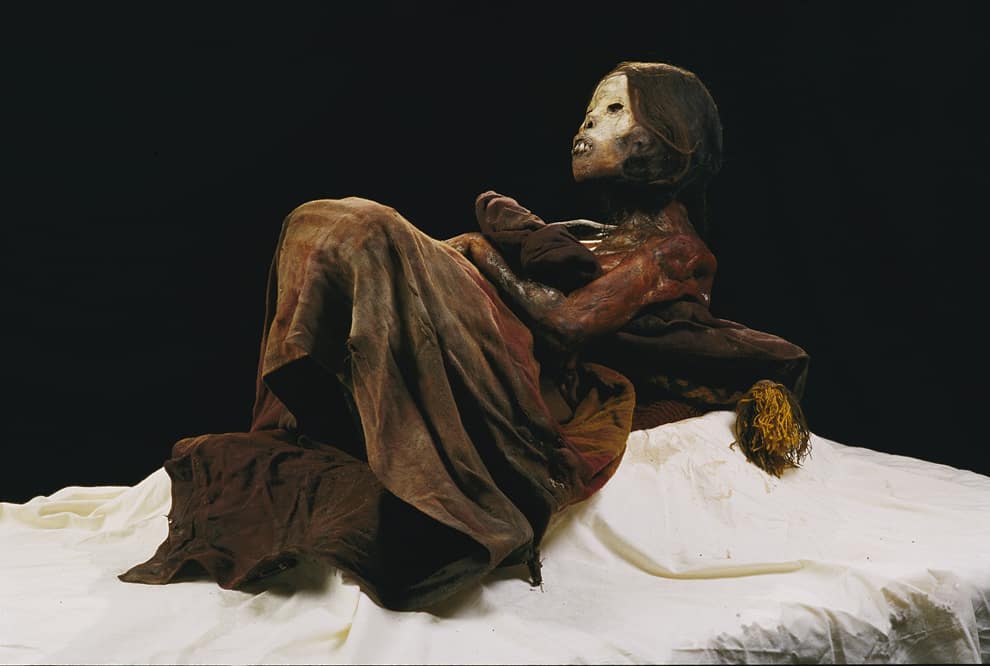
The thin, cold air at 20,000 feet near the summit of Mount Ampato had left the mummy incredibly intact. “Doctors have been shaking their heads and saying [the mummies] don’t look 500 years old [but] they could have died a few weeks ago,” Reinhard recalled in a 1999 interview.
The discovery of such a well-preserved mummy instantly generated great interest throughout the scientific community. Reinhard would return to the top of the mountain a month later with a full team and find two more mummified children, this time a boy and a girl.
Reports from a Spanish soldier who witnessed child sacrifices in pairs suggest that the boy and girl may have been buried as “companion sacrifices” for the mummy Juanita.
In total, experts estimate that there may be hundreds of mummified Inca children on the peaks of the Andes waiting to be discovered.

